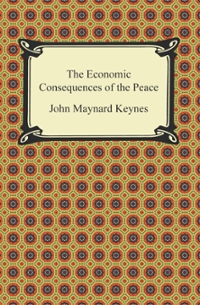Question
1.In the summer of 2019, the Royal Mint minted a million 50 pence coins commemorating Brexit, which was supposed to happen on October 31. After
1.In the summer of 2019, the Royal Mint minted a million 50 pence coins commemorating Brexit, which was supposed to happen on October 31. After that deadline for Brexit was missed, the initial plan was to melt all the million coins carrying the wrong date. The final decision was to melt all but10,000 coins, which would be sold to collectors at10 each.
The Chancellor of the Exchequer Sajid Javid suggests that melting the coins is costly, and taxpayers will foot the bill. However, the marginal cost of melting 10,000 coins is negligible, as is the value of the metal used to produce it.
a.Suppose that the Bank of England's goal was to maximize profit, and it did so optimally. Given the zero marginal cost of melting an additional coin, what can be said about the elasticity of demand for October 31 Brexit memorial coins at the current (optimal) price?
b.Assuming the demand is linear, derive the demand curve. In other words, findandin the equation.
c.Suppose that the Bank of England decided that it would melt all but one coin. Using the demand curve you derived in (b), find the price at which Bank of England would be able to sell this coin.
Comment: You may find the answer to (c) unrealistic. This is likely because the collector's willingness to pay for a coin is higher if it is the only such coin in the world, rather than one of 10,000. This is an example of a negative externality, akin to congestion, where additional users diminish the value of a product. We will cover this in Weeks 8-9.
d.A data scientist working at the Bank of England estimated that the actual demand for October 31 Brexit memorial coins is twice bigger than you estimated in (b) at any given price. Fortunately, this update comes before the Bank had a chance to melt any coins, and as such up to a million coins are readily available. How many coins would you advise to sell, and at what price?
e.How would your answer to (d) change if the Bank has actually melted all but 10,000 coins, and minting new ones is impractical (and politically impossible!)?
f.How would your answer to (a) change if melting each coin produces precious metals in non-negligible amounts?
Hint: How does this change the marginal cost of selling (rather than melting) a coin?
Step by Step Solution
There are 3 Steps involved in it
Step: 1

Get Instant Access to Expert-Tailored Solutions
See step-by-step solutions with expert insights and AI powered tools for academic success
Step: 2

Step: 3

Ace Your Homework with AI
Get the answers you need in no time with our AI-driven, step-by-step assistance
Get Started


